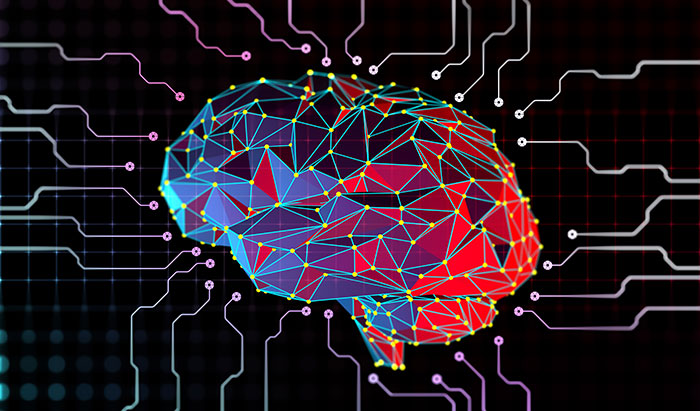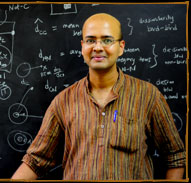Member Highlights: SP Arun


SP Arun, Associate Professor, IISc Bangalore, India, received his B.Tech from IIT Bombay, and MS & PhD from Johns Hopkins University, all in Electrical Engineering. He completed his postdoctoral research at Carnegie Mellon University and joined the Centre for Neuroscience at IISc where he is currently an Associate Professor and also an Associate Faculty of the Electrical Communication Engineering department. His research interests are in understanding visual perception and object recognition using behavioural and brain imaging experiments in humans, and using neural recordings from the monkey visual cortex. For more details visit the homepage of his research group, the Vision Lab @ IISc.
We approached Arun with a few questions to learn more:
1. Please tell us a bit about your recent work in the area of signal processing.
Arun: I am actually an electrical engineer turned neuroscientist, so I don’t think you would classify my work as signal processing! However I think it is fascinating to consider how visual signals from the eye are processed by the brain. This problem is genuinely at the interface between biology and engineering: the problem of extracting useful visual features from images is fundamentally a signal processing problem, but understanding how the brain does it makes it a fundamentally a biology question. Recently, we have been trying to compare computer vision algorithms with perception in humans. We have found that we can improve state-of-the-art vision algorithms (including convolutional neural networks) by analyzing human performance on vision tasks.
2. Please share your impactful work with us.
Arun: Sometimes its too early to say what will be impactful or not, so I will just share what I find exciting about our recent work! In collaboration with Prof KVS Hari (ECE, IISc), we have recently challenged a prevailing view about what happens when we learn to read, which I find really exciting. It was widely believed that when we learn to read, our brain learns to detect combinations of letters, especially the more frequent combinations. By comparing both behaviour and brain activity in readers of two Indian languages, we were able to show that readers form more separable representations of letter combinations (Agrawal et al, 2019). Likewise we were able to show that our amazing ability to raed jubmled words can be explained by models that linearly combine letters into words (Agrawal et al, 2020). We are now collaborating with a non-profit to understand how visual perception changes in children learning to read.
3. During these COVID times, teaching and learning has become online for some time now. What do you think are some of the challenges being faced in carrying out quality research? Do you have any suggestions for signal processing researchers?
Arun: We do a lot of experiments with human participants, so we have had extensive discussions to devise protocols to working safely during the pandemic. For instance, all our behavioural experiments are now online instead of in the lab. This is also an opportunity to get more diverse participation in perception experiments. We were pleasantly surprised to see that online data was qualitatively similar to the lab-based data. I think the pandemic offers a unique opportunity to think about fundamental problems in signal processing and planning for the long game.
4. In your opinion, what are some of the most exciting areas of research in signal processing for students and upcoming researchers?
Arun: I strongly urge signal processing researchers to look at biology and in particular the brain! Biological systems, including the brain, are remarkably sophisticated and complex thanks to evolution, and embody a very different form of computation than what we have put into computers. The real exciting advances of the future will come from those who can think deeply about both biology and engineering.

